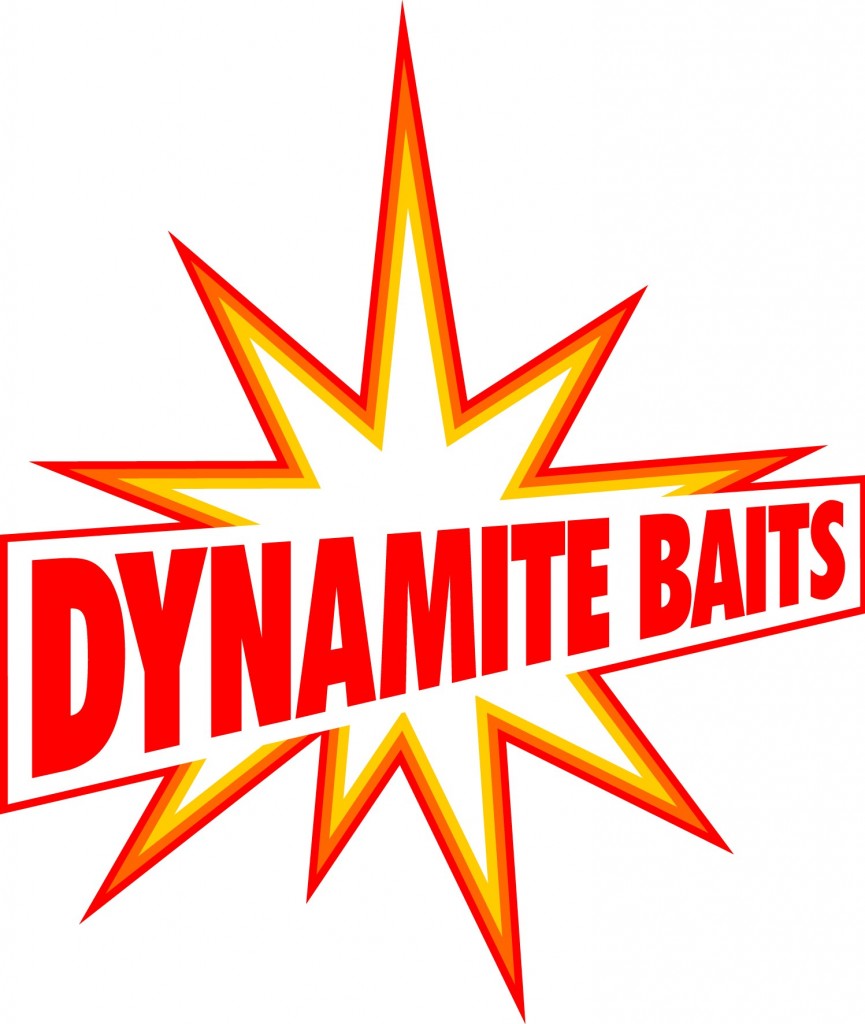Identification of Uk Coarse Species The Ruddposted on 8 February 2015 | posted in Hints and TipsThe Rudd Latin name: Scardinius erythrophthalmus
Record weight: The oldest coarse fish record on the books. Currently held by a fish of 4lb 8oz taken in 1933 by Rev. E. C. Alston from a Norfolk Mere. Distribution: Found throughout Europe, but absent from Iberia. Extends into Northern Asia. Found from Southern Scotland to the South Coast, common in Ireland. Features: A gorgeous deep golden colour on the flanks blends with a dark green tinge to the back. True rudd have blood-red fins and a golden eye. The mouth on small fish is very upturned, although in large fish the upturned mouth is slightly less evident, although the lower lip will always extend beyond the upper. Often confused with roach, with which the rudd often hybridises. Check the shape of the mouth, eye colour and in true rudd the root of the pelvic fins will be well in front of the dorsal fin. Diet: Although specialist invertebrate feeders when small, larger rudd have a more catholic diet. Small rudd can often be seen patrolling in huge shoals picking off any invertebrates in the water column. A large percentage of the diet of big rudd consists of plant material, although it is unknown if the fish obtain any benefit from eating plants, or if they just digest the invertebrates attached to their surface. Spawning: Rudd spawn on clean plants, often reeds, during May. Often their spawning coincides with that of roach, and occasionally with bream, which they will also hybridise with. The eggs can be found in large mats attached to the reed stems and also to the mats of algae that can often be found in reeds. Here they gain the full warmth of the sun and hatch in around seven days. Growth: Rudd are very susceptible to stunting when insufficient food is available. Because they spawn very prolifically it is common for small ponds to become full of very small rudd of no more than a few ounces. Even at this small size the rudd are able to reproduce and will spawn prolifically. In larger lakes it is common for there to be a small number of very large rudd - probably the vestiges of the initial stocking, and then thousands of tiny fish. Owing to the different diets of large and small rudd the large fish are unaffected by competition with their siblings, but large fish are rarely encountered. Owing to their rarity few records of the growth of large rudd exist. It is suspected that rudd will live to around fifteen years of age, although this may be an underestimate. Where they are able to grow without stunting, rudd reach a good size quickly. Whilst a two pound roach is considered a specimen and is generally as large as the fish will grow, rudd will often reach three pounds in the right environment. |








.jpg)
.jpg)





